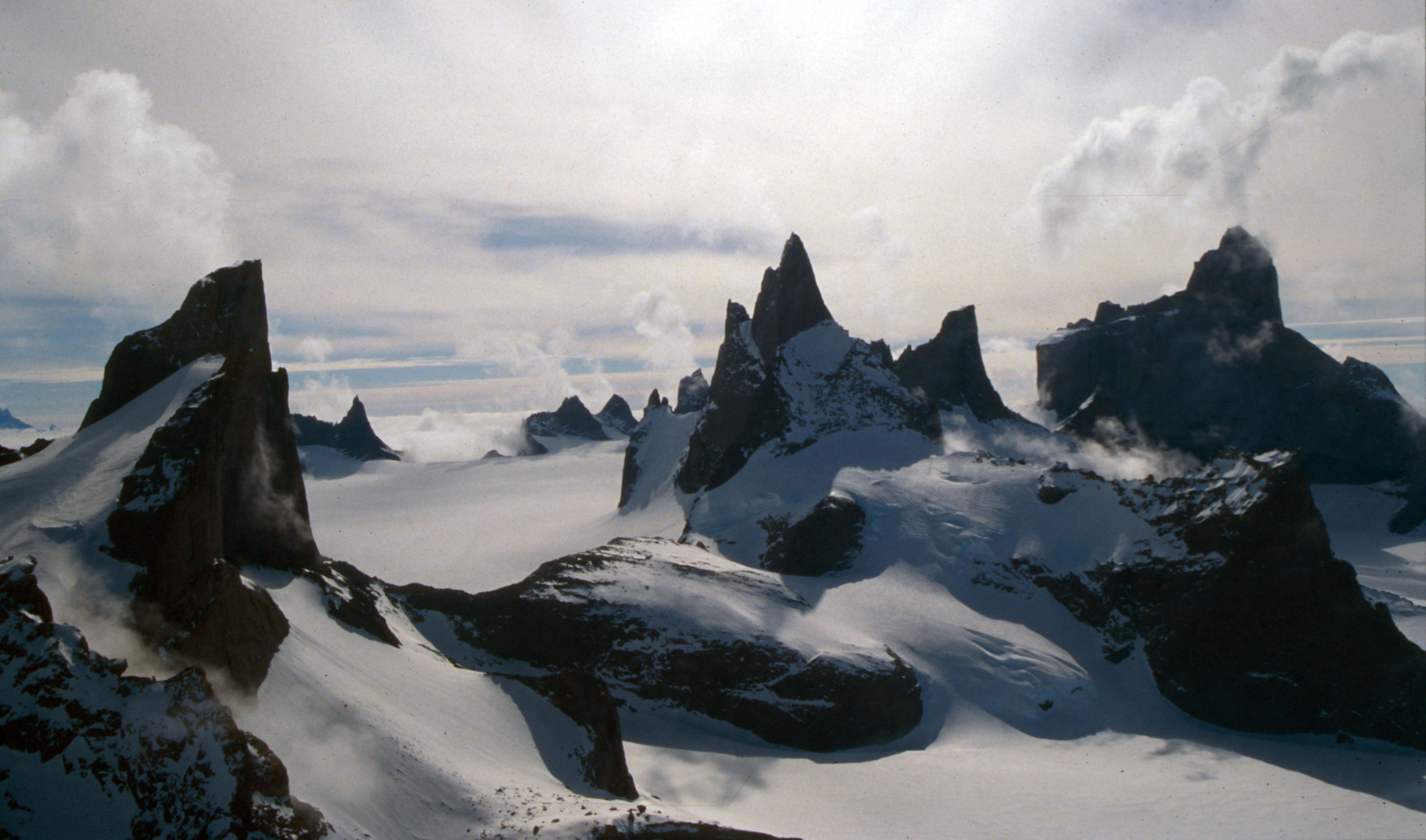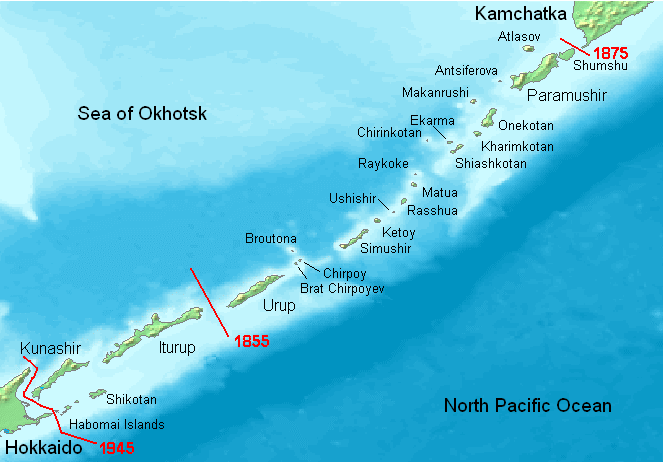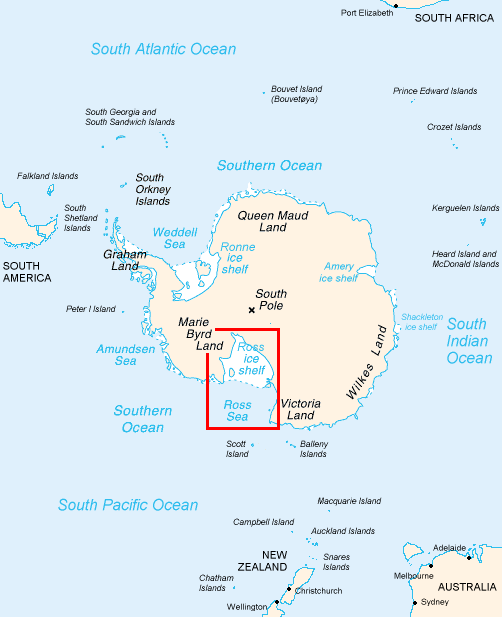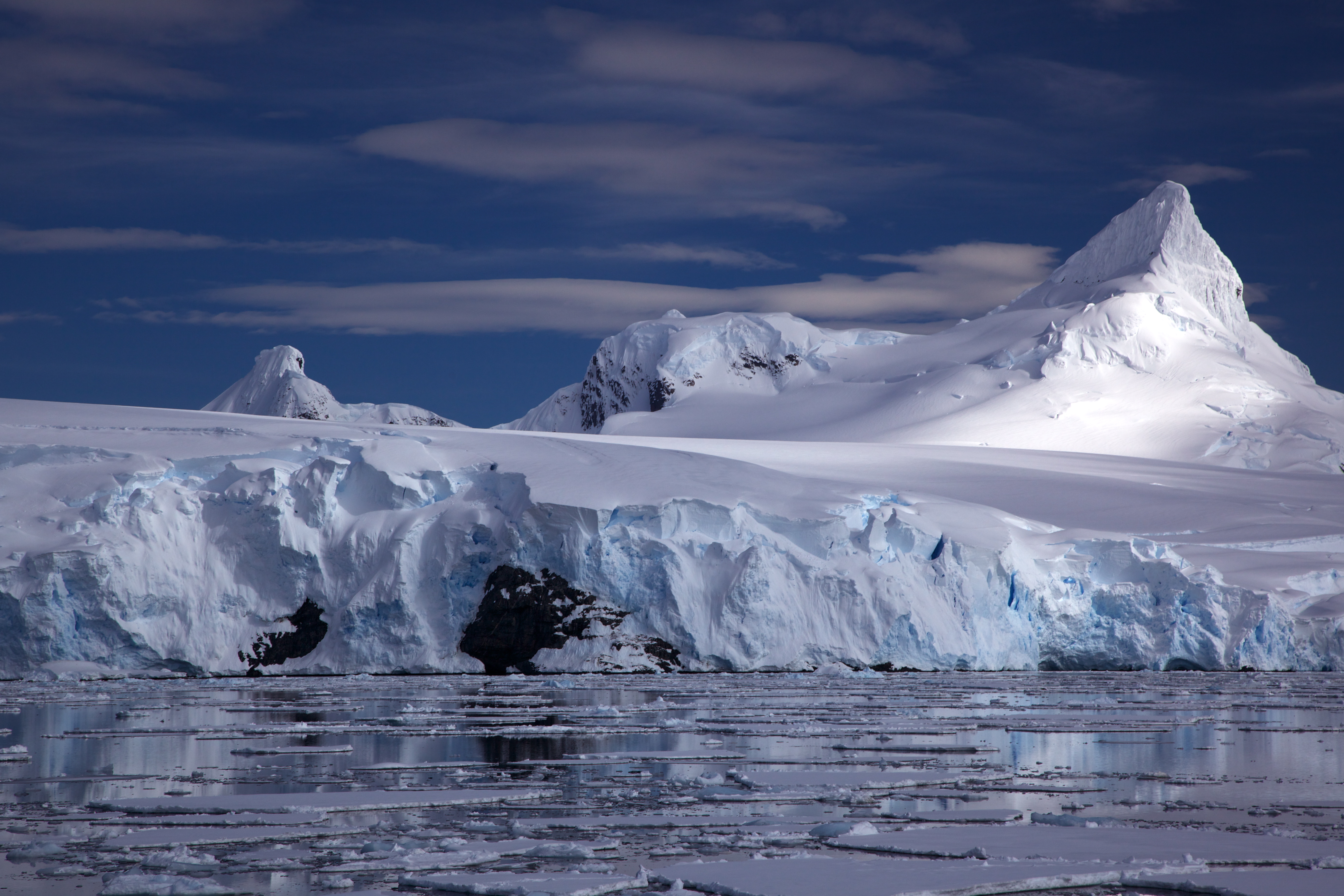|
Shirase Glacier
Shirase Glacier ( ja, 白瀬氷河; ''Shirase Hyōga'') is a large glacier entering Havsbotn, the bay that forms the head of Lutzow-Holm Bay in Antarctica. The area occupied by this feature was first mapped as a bay and named Instefjorden (the innermost fjord) by the Lars Christensen Expedition (LCE) of 1936–37. Surveys by Japanese Antarctic Research Expedition (JARE) of 1957–62, revealed the large glacier in this position which they named after Lt. Nobu Shirase, leader of the Japanese Antarctic Expedition of 1911–12. Its nearby features were also charted and named by JARE unless otherwise noted. The Instekleppane Hills are a group of low rock hills that protrude above the ice slopes at the east side of Shirase Glacier, just south of the southeastern extremity of Lützow-Holm Bay in Antarctica. The hills were mapped by Norwegian cartographers from air photos taken by LCE personnel and named "instekleppane" ("the innermost lumps") after their appearance. Azarashi Rock, w ... [...More Info...] [...Related Items...] OR: [Wikipedia] [Google] [Baidu] |
Antarctica
Antarctica () is Earth's southernmost and least-populated continent. Situated almost entirely south of the Antarctic Circle and surrounded by the Southern Ocean, it contains the geographic South Pole. Antarctica is the fifth-largest continent, being about 40% larger than Europe, and has an area of . Most of Antarctica is covered by the Antarctic ice sheet, with an average thickness of . Antarctica is, on average, the coldest, driest, and windiest of the continents, and it has the highest average elevation. It is mainly a polar desert, with annual precipitation of over along the coast and far less inland. About 70% of the world's freshwater reserves are frozen in Antarctica, which, if melted, would raise global sea levels by almost . Antarctica holds the record for the lowest measured temperature on Earth, . The coastal regions can reach temperatures over in summer. Native species of animals include mites, nematodes, penguins, seals and tardigrades. Where ve ... [...More Info...] [...Related Items...] OR: [Wikipedia] [Google] [Baidu] |
Queen Maud Land
Queen Maud Land ( no, Dronning Maud Land) is a roughly region of Antarctica claimed by Norway as a dependent territory. It borders the claimed British Antarctic Territory 20° west and the Australian Antarctic Territory 45° east. In addition, a small unclaimed area from 1939 was annexed in June 2015. Positioned in East Antarctica, it makes out about one-fifth of the continent, and is named after the Norwegian queen Maud of Wales (1869–1938). In 1930, the Norwegian Hjalmar Riiser-Larsen was the first person known to have set foot in the territory. On 14 January 1939, the territory was claimed by Norway. On 23 June 1961, Queen Maud Land became part of the Antarctic Treaty System, making it a demilitarised zone. It is one of two Antarctic claims made by Norway, the other being Peter I Island. They are administered by the Polar Affairs Department of the Norwegian Ministry of Justice and Public Security in Oslo. Most of the territory is covered by the east Antarctic ic ... [...More Info...] [...Related Items...] OR: [Wikipedia] [Google] [Baidu] |
Lützow-Holm Bay
Lützow-Holm Bay is a large bay, about wide, indenting the coast of Queen Maud Land in Antarctica between Riiser-Larsen Peninsula and the coastal angle immediately east of the Flatvaer Islands. It was discovered by Captain Hjalmar Riiser-Larsen in two airplane flights from his expedition vessel, the ''Norvegia'', on February 21 and 23, 1931. The name honours Commander Finn Lützow-Holm of the Royal Norwegian Navy Air Service, a pilot for Captain Riiser-Larsen on the ''Aagaard'' in 1935. Named features Several features in and around Lützow-Holm Bay have been charted and named by various expeditions and survey groups, particularly a number of smaller bays indenting its shores. Unless otherwise specified, the following features were mapped and given Norwegian language names by Norwegian cartographers from air photos taken by the Lars Christensen Expedition (LCE) of 1936–37. Many other features were given Japanese language names by personnel from Japanese Antarctic Research Expe ... [...More Info...] [...Related Items...] OR: [Wikipedia] [Google] [Baidu] |
Glacier
A glacier (; ) is a persistent body of dense ice that is constantly moving under its own weight. A glacier forms where the accumulation of snow exceeds its ablation over many years, often centuries. It acquires distinguishing features, such as crevasses and seracs, as it slowly flows and deforms under stresses induced by its weight. As it moves, it abrades rock and debris from its substrate to create landforms such as cirques, moraines, or fjords. Although a glacier may flow into a body of water, it forms only on land and is distinct from the much thinner sea ice and lake ice that form on the surface of bodies of water. On Earth, 99% of glacial ice is contained within vast ice sheets (also known as "continental glaciers") in the polar regions, but glaciers may be found in mountain ranges on every continent other than the Australian mainland, including Oceania's high-latitude oceanic island countries such as New Zealand. Between latitudes 35°N and 35°S, glaciers occur ... [...More Info...] [...Related Items...] OR: [Wikipedia] [Google] [Baidu] |
Lars Christensen Expedition
Lars is a common male name in Scandinavian countries. Origin ''Lars'' means "from the city of Laurentum". Lars is derived from the Latin name Laurentius, which means "from Laurentum" or "crowned with laurel". A homonymous Etruscan name was borne by several Etruscan kings, and later used as a last name by the Roman Lartia family. The etymology of the Etruscan name is unknown. People * Lars (bishop), 13th-century Archbishop of Uppsala, Sweden * Lars Kristian Abrahamsen (1855–1921), Norwegian politician * Lars Ahlfors (1907–1996), Finnish Fields Medal recipient * Lars Amble (1939–2015), Swedish actor and director * Lars Herminius Aquilinus, ancient Roman consul *Lars Bak (born 1980), Danish road bicycle racer * Lars Bak (computer programmer) (born 1965), Danish computer programmer * Lars Bender (born 1989), German footballer * Lars Christensen (1884–1965), Norwegian shipowner, whaling magnate and philanthropist * Lars Magnus Ericsson (1846–1926), Swedish inventor * L ... [...More Info...] [...Related Items...] OR: [Wikipedia] [Google] [Baidu] |
Japanese Antarctic Research Expedition
The refers to a series of Japanese Antarctic expeditions for scientific research. The first JARE expedition was launched in 1957 to coordinate with the International Geophysical Year. This was the team which left 15 dogs, including Taro and Jiro, behind after an emergency evacuation in February 1958. Expeditions to the Antarctic took place from 1968 to 1977, and ice core An ice core is a core sample that is typically removed from an ice sheet or a high mountain glacier. Since the ice forms from the incremental buildup of annual layers of snow, lower layers are older than upper ones, and an ice core contains ic ...s were drilled on these expeditions, mostly at Mizuho. A later instance was an ecological expedition studying the ecosystems near Showa Station in Antarctica. The project was first undertaken in February 1986. It was associated with the international BIOTAS program, which also launched in 1986. Taxonomical studies of some organisms (particularly plants and ... [...More Info...] [...Related Items...] OR: [Wikipedia] [Google] [Baidu] |
Nobu Shirase
was a Japanese army officer and explorer. He led the first Japanese Antarctic Expedition, 1910–12, which reached a southern latitude of 80°5′, and made the first landing on the coast of King Edward VII Land. Shirase had harboured polar ambitions since boyhood. By way of preparation, during his military service he participated in an expedition to the northern Kuril Islands. This venture was poorly organised and ended badly, but nonetheless provided him with useful training for future polar exploration. His longstanding intention was to lead an expedition to the North Pole, but when this mark was claimed by Robert Peary in 1909, Shirase switched his attention to the south. Unable to attract government support for his Antarctic venture, Shirase raised the finance privately. In its first season, 1910–11, the expedition failed to make a landing, and was forced to winter in Australia. Its second attempt, in 1911–12, was more successful. Although the expedition's achievements ... [...More Info...] [...Related Items...] OR: [Wikipedia] [Google] [Baidu] |
Japanese Antarctic Expedition
The Japanese Antarctic Expedition of 1910–12, in the ship ''Kainan Maru'', was the first such expedition by a non-European nation. It was concurrent with two major Antarctic endeavours led respectively by Roald Amundsen and Robert Falcon Scott, and has been relatively overlooked in polar history. After failing to land in its first season, the Japanese expedition's original aim of reaching the South Pole was replaced by less ambitious objectives, and after a more successful second season it returned safely to Japan, without injury or loss of life. The brainchild of an army reserve lieutenant, Nobu Shirase, the expedition was privately funded. It left Japan in November 1910, and after its first season's failure was forced to spend the winter of 1911 in Australia. In its second Antarctic season, 1911–12, it made no major scientific or geographical discoveries, but could claim some significant achievements. These included the first landing on the coast of King Edward VII Land, t ... [...More Info...] [...Related Items...] OR: [Wikipedia] [Google] [Baidu] |
List Of Glaciers In The Antarctic
There are many glaciers in the Antarctic. This set of lists does not include ice sheets, ice caps or ice fields, such as the Antarctic ice sheet, but includes glacial features that are defined by their flow, rather than general bodies of ice. The lists include outlet glaciers, valley glaciers, cirque glaciers, tidewater glaciers and ice streams. Ice streams are a type of glacier and many of them have "glacier" in their name, e.g. Pine Island Glacier. Ice shelves are listed separately in the List of Antarctic ice shelves. For the purposes of these lists, the Antarctic is defined as any latitude further south than 60° (the continental limit according to the Antarctic Treaty System). List by letters * List of glaciers in the Antarctic: A–H * List of glaciers in the Antarctic: I–Z See also * List of Antarctic and subantarctic islands * List of Antarctic ice rises * List of Antarctic ice shelves This is a list of Antarctic ice shelves. Ice shelves ar ... [...More Info...] [...Related Items...] OR: [Wikipedia] [Google] [Baidu] |
List Of Antarctic Ice Streams
This is a list of Antarctic ice streams. A complete list of Antarctic ice streams is not available. Names and locations of Antarctic ice features, including those listed below, can be found in the Scientific Committee on Antarctic Research, Gazetteer. Major Antarctic ice drainage systems are given by Rignot and Thomas (2002). These include the ice streams with the greatest flow, which are listed below. References {{authority control * Ice streams ... [...More Info...] [...Related Items...] OR: [Wikipedia] [Google] [Baidu] |





